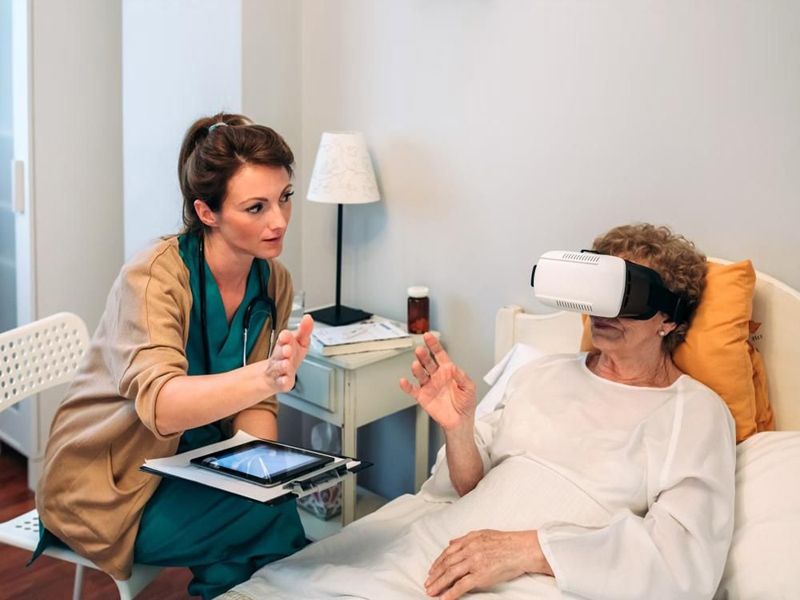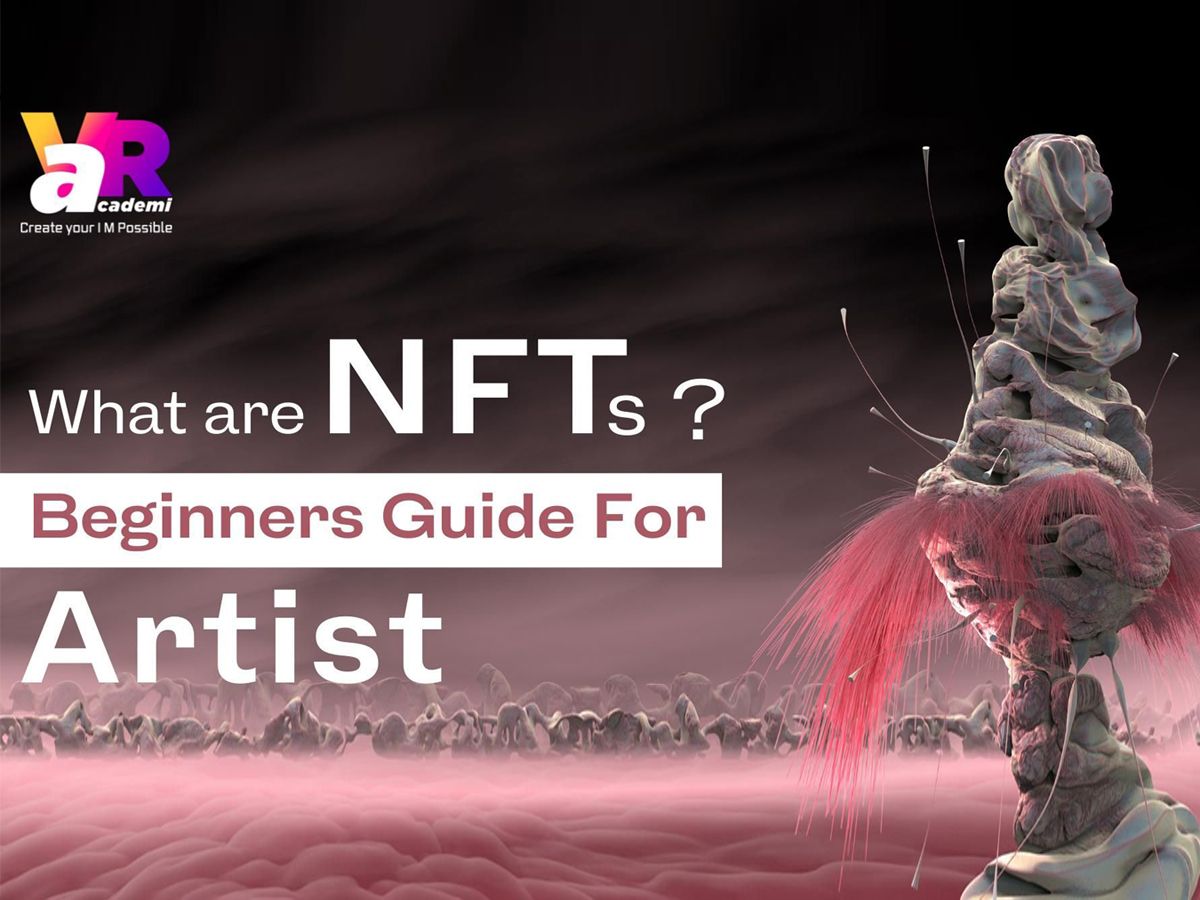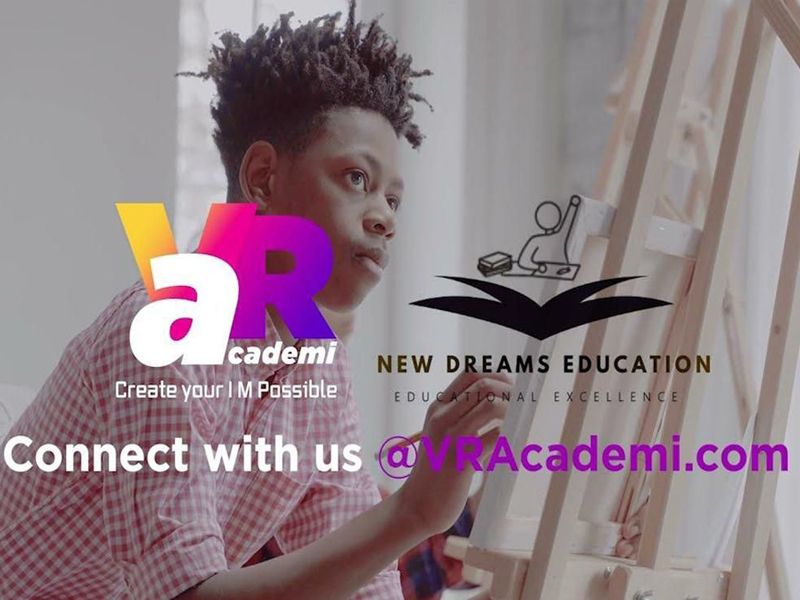
📅 Sep 14, 2021
Using Virtual Reality and Design Based Education as tools for Mental Health Therapy
The importance of taking care of our physical health is well understood and documented in our modern world globally. We exercise, eat healthy and nutritious food and adopt new lifestyles so that we can remain physically agile and fit. But what about our mental health? Are we paying enough attention to it? Is it still taboo to talk about our mental health issues?
Can we combine design-oriented learning with mindfulness and technology to create immersive Virtual Reality (VR) experiences today to improve mental wellbeing for young adults?
Mental health refers to our emotional, psychological, and social well-being. It affects how we feel, think, act, handle stress and make choices
According to Our World in Data website, in research by Ritchie H. and Roser M., 2018, close to 970 million people had mental health disorders, nearly 284 million people suffered from anxiety and about 8 million people die every year from mental health disorders. These statistics are enough for us to know that people don't talk about mental health as often as they should.
In more recent research by Vahratian A., Blumberg SJ. et al, 2021, there been a significant increase in mental health-related problems, especially in the young adults associated with the advent of the current Covid-19 pandemic. Their research has cited that, large disease outbreaks have been associated with mental health problems. During August 2020–February 2021, the percentage of adults with recent symptoms of anxiety or a depressive disorder increased from 36.4% to 41.5%, and the percentage of those reporting unmet mental health care needs increased from 9.2% to 11.7%. Increases were largest among adults aged 18–29 years and those with less than high school education. While this research has focussed on a US-based sample, similar findings have been found across the globe.
Trends in mental health can be used to evaluate the impact of strategies addressing adult mental health status and care during the pandemic and to guide interventions for disproportionately affected groups. The spread of disease and increase in deaths during large outbreaks of transmissible diseases are often associated with fear and grief. Social restrictions, limits on operating nonessential businesses, and other measures to reduce pandemic-related mortality and morbidity can lead to isolation and unemployment or underemployment, further increasing the risk for mental health problems.
Several traditional methods are used to treat mental disorders; however, they are not as effective as they were believed to be. As a result, a new wave of research is pioneering Virtual Reality (VR) to diagnose and treat various mental disorders and keep a person mentally stable. It has proven to be useful in treating several phobias, PTSD (post-traumatic stress disorder), social anxiety, and paranoia.
VR uses exposure therapy technique, where a person is exposed to their traumatic experiences in a safe and controlled environment till they do not get triggered anymore. VR eliminates the need of imagining oneself to be in the situations that trigger them which on the other hand traditional therapy demands. Hence it reduces the chances of relapsing. It is a safer and less expensive method to treat patients. Watch this video to learn more about exposure therapy https://youtu.be/IZE41KejIBw. People suffering from PTSD can benefit from the exposure therapy provided by VR. For example, (see https://youtu.be/QCCWH_CNjM0) a retired army officer who suffers from PTSD due to war can be exposed to war-like conditions repeatedly till the time he stops getting triggered.
Apart from PTSD, VR can also be used for treating several anxiety disorders. According to the World Health Organisation (WHO), the prevalence of all mental disorders increased by 50% worldwide between 1990 and 2013. Despite a large number of people suffering, only a few opted for treatment. However, with VR, treatment would be inexpensive and easy. Rather than prescribing pills, the doctors could prescribe them a virtual mountain vacation to ease their pain or take them through cognitive behavioural therapy to relieve their anxiety. VR can be used to calm down a person through relaxation and meditation experiences.
VR can also help us overcome phobias like fear of public speaking, flying, driving a car, or overcome fear of heights by simulating an environment where we can practice and gain confidence. See the future of learning how to drive - https://youtu.be/-QZsMO70dJE
VR has also been found useful in treating phantom limb pain. Phantom limb pain refers to the pain or discomfort amputees experience due to a lost limb. Traditional methods involved using a mirror to create a visual of the lost limb. However, VR provides a more effective method by creating a more convincing alternative reality. Electrical impulses are stimulated that help in recreating the sensation of the phantom limb. For more information on VR and treatment of phantom limb pain visit the following link: https://vbn.aau.dk/en/publications/a-virtual-reality-system-for-treatment-of-phantom-limb-pain-using
VR could be key to helping recovered patients get Mental Health therapy.
The recent reserach published in the British Medical Journal, by Smits M, Staal JB and van Goor H, 2020, notes that post-COVID-19 patients, particularly those who needed high care, are expected to have high physical, psychological, and cognitive rehabilitation needs. Yet, the resources needed to provide rehabilitation treatment are expected to be inadequate because healthcare systems faced a shortage of high-quality treatment of these symptoms already before the COVID-19 crisis emerged in patients with comparable needs.
Their research discusses the potential of Virtual Reality (VR) administering fast, tailor-made rehabilitation at a distance, and offers a solution for the impending surge of demand for rehabilitation after COVID-19. VR can bring the user by computer-generated visuals into an immersive, realistic multi-sensory environment. Several studies on VR show its potential for rehabilitation and suggest VR to be beneficial in post-COVID-19. The immersion of VR may increase therapy adherence and may distract the patient from experienced fatigue and anxiety. Barriers still have to be overcome to easily implement VR in healthcare. Embedding VR in virtual care platforms and care homes could assist in overcoming these barriers and would stimulate the spread of VR therapy, both for post-COVID-19 patients in the present and possibly for other patients with similar rehabilitation needs in the future.
Using VR allows therapists to gain more control over the intensity of their patients’ experience and document the results, thus, enabling them to give better treatment plans and options.
We can safely say that Virtual Reality can replace traditional treatment methods that aren’t very effective. Using Artificial Intelligence along with VR would make treatment more accessible and easier for people who cannot spare time or resources to visit a therapist and hence improve life overall.
Arts and Design based education can make a powerful contribution to our mental health
Engaging in the arts seems to be growing in popularity as a way to improve your wellbeing. Whether it is colouring a ‘mandala’ or participating in the arts, it can enable people to deal with a wide range of mental ill-health conditions and psychological distresses.
The best part is that it helps people to improve their mental health through creativity. Making art is helping many people express themselves, without having to use words. More and more people now appreciate that the arts and culture can play a valuable role in helping people who have mental health problems.
Engaging in arts, social activities, and interaction within our communities can help with major challenges such as ageing and loneliness. It can help to boost confidence and make us feel more engaged and resilient. Besides these benefits, art engagement also alleviates anxiety, depression and stress. As we age, we might face isolation through a loss of social connections, such as friends, family, and workplace - as well as other limitations such as decreasing physical health.
Through getting involved in arts programmes, older people can rebuild their social connections and extend existing support in their communities. Getting in touch with others helps in alleviating loneliness and isolation. This is also true for care homes, where arts activities can help increase social interactions amongst residents as well as their staff which can improve mood and wellbeing.
Getting involved with the arts can have powerful and lasting effects on health. It can help protect against a range of mental health conditions and help manage mental ill-health and support recovery.
There are many ways to engage in arts and improve your mental health:
Art and health programmes led by artists and musicians can deliver health benefits through participatory arts programmes and arts engagement in everyday life.
When we talk about the arts, we include visual and performing arts, such as traditional craft, sculpture, digital art, text, dance, film, literature, music, singing, gardening and the culinary arts.
Combining Virtual Reality with Art and Design based education to improve mental wellbeing
At VRAcademi (https://vracademi.com ), Children above the age of 9 come together in an online environment to learn and create Virtual Reality experiences, question, experiment, test and share their innovation. They learn to design with mindfulness and create with future immersive technologies and VR today to unlock their ultimate creative potential.
We deliver mindful art, films and 3D designs live online courses where to express your ideas and learn to build Virtual Reality experiences.
Children at VRAcademi learn to blend art and technology in our courses and unleash the power to create designs in Virtual Reality and fundamentally transform their lives. Many projects of VRAcademi involve creating mindful Graphic Design, Art, Film and 3D Environment production that can be used as a mindfulness exercise.
We offer the tools to learn and create “Design Oriented Escapes” using Virtual Reality. Learn more at https://vracademi.com and take a free orientation class today.
This article has been written by Kaur Jaskirat, Ahuja Sonal and Pahwa Sonal, May 2021.
Jaskirat is student intern at VRAcademi.com and is currently pursuing a Bachelors Degree in Electronics and Communication from Punjab Enginnering College, Chandigarh. Sonal is the CEO of VRAcademi and an Executive Director of Sunovatech, the immersive reality content creation and education company based in London and Dubai. Sonal Pahwa is a young artist and arts teacher at VRAcademi based out of New Delhi.
References:
1. https://ourworldindata.org/mental-health
2. Vahratian A, Blumberg SJ, Terlizzi EP, Schiller JS. Symptoms of Anxiety or Depressive Disorder and Use of Mental Health Care Among Adults During the COVID-19 Pandemic — United States, August 2020–February 2021. MMWR Morb Mortal Wkly Rep 2021;70:490–494. DOI: http://dx.doi.org/10.15585/mmwr.mm7013e2
3. Amsalem D, Dixon LB, Neria Y. The coronavirus disease 2019 (COVID-19) outbreak and mental health: current risks and recommended actions. JAMA Psychiatry 2021;78:9–10. https://doi.org/10.1001/jamapsychiatry.2020.1730external icon PMID:32579160external icon
4. Berkowitz SA, Basu S. Unemployment insurance, health-related social needs, health care access, and mental health during COVID-19 pandemic. JAMA Intern Med 2020. https://doi.org/10.1001/jamainternmed.2020.7048external icon PMID:33252615external icon
5. Smits M, Staal JB and van Goor H, 2020, Could Virtual Reality play a role in the rehabilitation after COVID-19 infection? BMJ Open Sport & Exercise Medicine 2020; 6:e000943. doi: 10.1136/bmjsem-2020-000943; https://bmjopensem.bmj.com/content/6/1/e000943
6. World Health Organisation. (2008). Global burden of disease report. Available at: http://www.who.int/healthinfo/global_burden_ disease/estimates_country/en/index.html
7. Thomson, L.J., Camic, P.M. & Chatterjee, H.J. (2015). Social Prescribing: A review of community referral schemes. London: University College London.
8. Coulton, S., Clift, S., Skingley, A. & Rodriguez, J. Effectiveness and cost-effectiveness of community singing on mental healthrelated quality of life of older people: randomised controlled trial. Br. J. Psychiatry J. Ment. Sci. 207, 250–255 (2015
9. Fancourt, D. et al. Effects of Group Drumming Interventions on Anxiety, Depression, Social Resilience and Inflammatory Immune Response among Mental Health Service Users. PLOS ONE 11, e0151136 (2016).
10. Ockelford, A. Songs Without Words: Exploring How Music Can Serve as a Proxy Language in Social Interaction with Autistic Children. in Music, Health, and Wellbeing (eds. MacDonald, R., Kreutz, G. & Mitchell, L.) (OUP Oxford, 2012).
11. Bungay, H. (2018). ‘How prescription creativity can improve mental and physical health’, Medical Xpress, 5 April [Online]. Available at: https://medicalxpress.com/news/2018-04-prescription-creativity-mental-ph...
12. All-Party Parliamentary Group on Arts, Health and Wellbeing. (2017). Creative Health: The Arts for Health and Wellbeing. Available at: http://www.artshealthandwellbeing.org.uk/appg-inquiry/
13. https://www.mentalhealth.org.uk/blog/how-arts-can-help-improve-your-mental-health
14 https://vracademi.com/



























